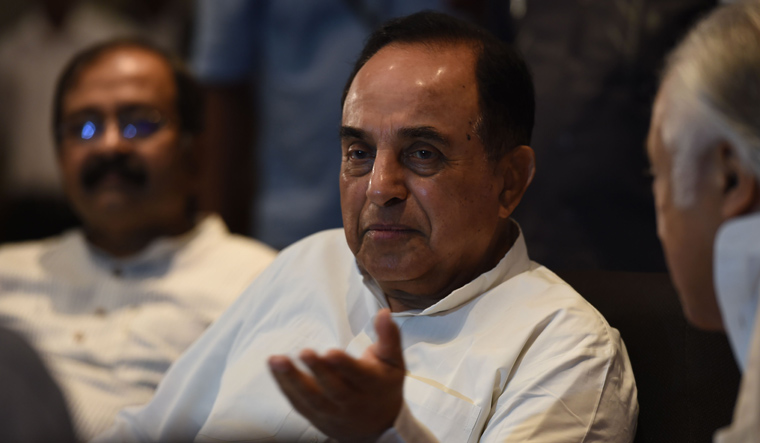The official Chinese thinking is that the conflict in Ladakh was ‘inevitable’ and a result of the ‘high-risk, high-yield policy’ followed by the Modi government. The main reason for rivalry has been identified as India’s long-term pursuit of absolute security and dominance in the regional order and the Modi govt’s ambition to overtake China by taking advantage of a favourable external environment.
Relevant for the future of India-China ties is Hu Shisheng’s assertion that the two “were doomed to have a serious collision of interests or even military conflict from the very beginning of their independence and since establishing frontier and regional order”. Equally frank was his observation that more complicated than border issues are the contention for influence and dominance and “order in the region involving relations among China, India and their neighbours”. He anticipated that as they grow in strength, “the two major regional powers would have an increasing overlap of interests in the same area”. Avoiding any mention of friendly ties, he said they nevertheless need “to design a stable and far-reaching path for the future development of relations”.
Stating that China-India relations have each year “witnessed a benign beginning and a sad ending”, he described the conflict at the Galwan Valley as “anything but the end”.
Hu Shisheng assessed that the contest over the border will move from “reconciliation through dialogues” to a new stage featuring “contention for control with real power”, which will inevitably lead to border clashes. Interesting is his observation that over time, “the bottomline of tolerance will become a redline lying between the border troops of both countries” — hinting this could eventually result in a defined line of actual control.
unprofessional & cruel protocol. No wonder why the chinese are hated the most in the world


 There is a vid of Stalin in moscow flagging of tanks off to the front lines.Nazis came within 20 km of Kremlin.
There is a vid of Stalin in moscow flagging of tanks off to the front lines.Nazis came within 20 km of Kremlin.
